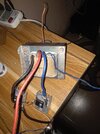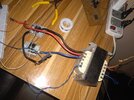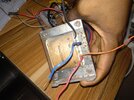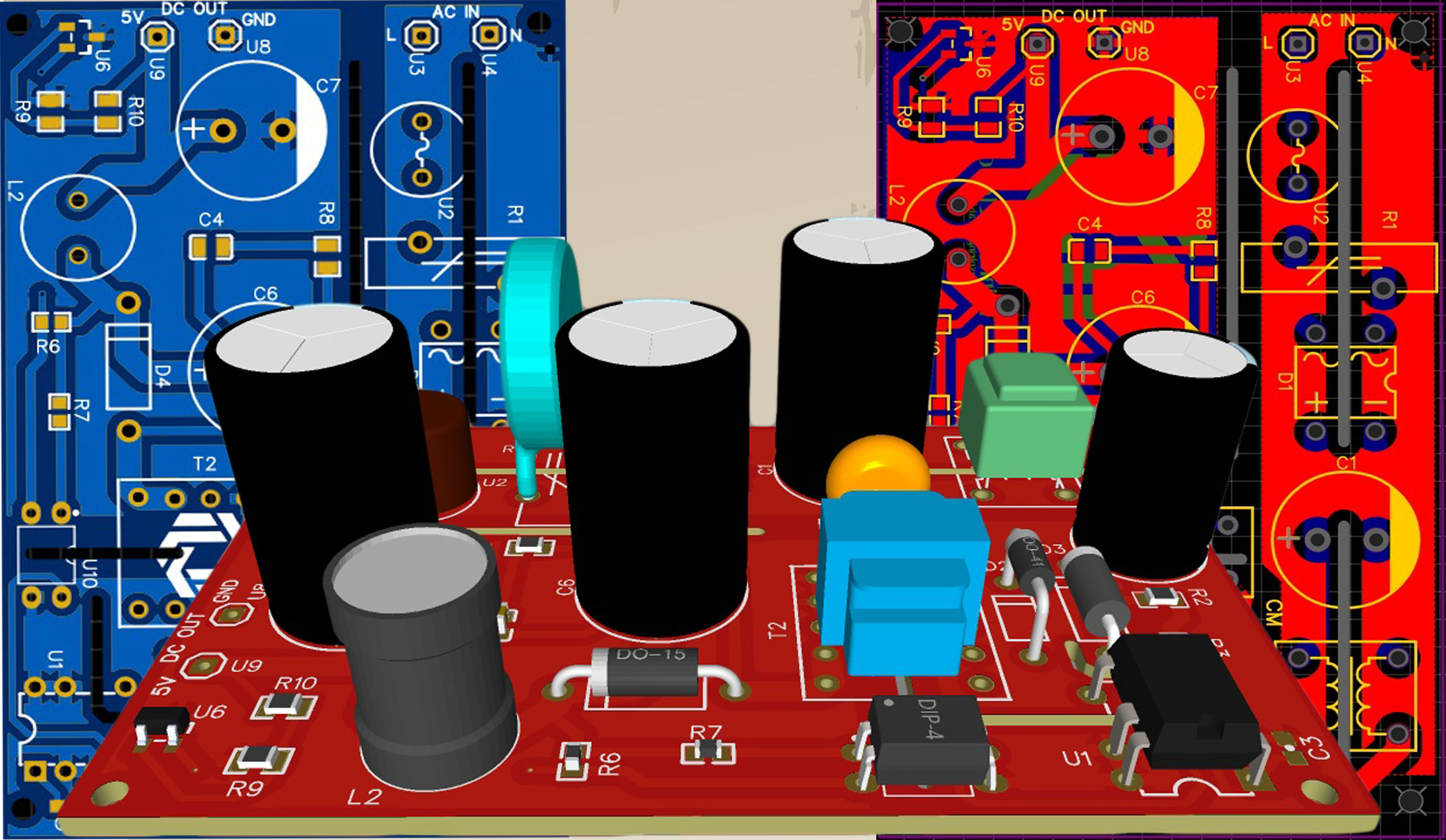If it is oscillating, you cannot read the gate voltage properly with a voltmeter. That 5.9V may in fact be 11.8V at a 50% duty cycle. Same for the Drain voltages, if it is oscillating, you cannot read the true voltage peaks.
The heating issue may be that one MOSFET gate is not dropping to zero fast enough. Why both don't overheat is still strange however. It may be possible something else is broken or miswired.
The heating issue may be that one MOSFET gate is not dropping to zero fast enough. Why both don't overheat is still strange however. It may be possible something else is broken or miswired.





